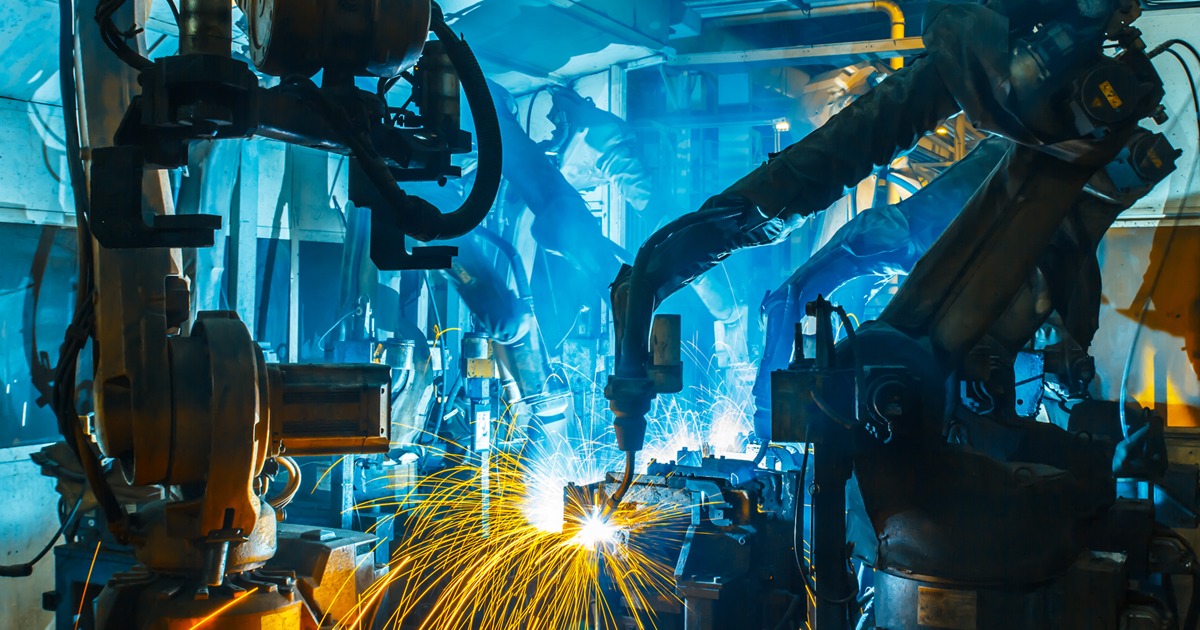In the competitive world of manufacturing and construction, optimizing the welding process is crucial to achieving superior efficiency and quality. Welding is a complex process that involves various factors, from equipment and materials to the skills of the welders. This article explores effective strategies and technologies to enhance the efficiency and quality of welding operations.
Understanding the Welding Process
Before diving into optimization strategies, it’s essential to understand the key components of the welding process:
- Svařovací techniky: Different welding techniques, such as MIG, TIG, and stick welding, have specific applications and benefits. Choosing the right technique for the task at hand is crucial.
- Materiály: The type of materials being welded, such as steel, aluminum, or high-strength alloys, significantly impacts the welding process and the required parameters.
- Equipment: The quality and condition of welding equipment play a pivotal role in achieving consistent and high-quality welds.
- Welders’ Skill: The expertise and experience of welders are fundamental to the success of the welding process.
Strategies for Process Optimization
1. Selecting the Right Welding Technique: Choosing the appropriate welding technique for the specific application is the first step in optimizing the process. Each technique has its strengths and limitations:
- Svařování metodou MIG: Known for its speed and ease of use, MIG welding is ideal for thicker materials and high-production environments.
- Svařování metodou TIG: Offering superior precision and control, TIG welding is suitable for thin materials and applications requiring high-quality welds.
- Svařování tyčí: Versatile and effective for outdoor and adverse conditions, stick welding is commonly used in construction and repair work.
2. Optimizing Welding Parameters: Adjusting welding parameters such as voltage, current, and travel speed can significantly impact weld quality and efficiency:
- Voltage and Current: Properly setting the voltage and current ensures adequate penetration and minimizes defects like porosity and spatter.
- Travel Speed: Controlling the travel speed helps in achieving uniform weld beads and reducing heat-affected zones (HAZ).
3. Implementing Advanced Welding Equipment: Investing in modern welding equipment with advanced features can enhance efficiency and quality:
- Inverter-Based Power Sources: These power sources offer better control over welding parameters and are more energy-efficient compared to traditional transformers.
- Pulse Welding Technology: Pulse welding provides better control of heat input, reducing distortion and improving weld quality, especially in thin materials.
4. Regular Maintenance and Calibration: Maintaining and calibrating welding equipment is essential for consistent performance:
- Běžná údržba: Regularly inspecting and servicing welding machines prevents unexpected breakdowns and ensures optimal functionality.
- Calibration: Periodic calibration of welding equipment ensures accuracy in settings and parameters, leading to consistent weld quality.
5. Utilizing Welding Automation: Automation can greatly improve the efficiency and consistency of welding processes:
- Robotické svařovací systémy: These systems are capable of high-speed, repetitive tasks with precision, reducing human error and increasing productivity.
- Kolaborativní roboti (Cobots): Cobots work alongside human welders, handling repetitive or strenuous tasks and allowing skilled welders to focus on complex welds.
6. Enhancing Welder Training and Skill Development: Investing in welder training programs ensures that welders are proficient with the latest techniques and technologies:
- Training Simulators: Welding simulators provide realistic training environments without the cost and risk of traditional training.
- Continuous Education: Offering ongoing training and certification programs keeps welders updated on industry advancements and best practices.
7. Implementing Quality Control Measures: Quality control is vital for ensuring the integrity and reliability of welds:
- Nedestruktivní zkoušení (NDT): Techniques such as ultrasonic testing and radiography inspect welds without damaging them, identifying defects and ensuring quality.
- In-Process Monitoring: Real-time monitoring of welding parameters and conditions allows for immediate adjustments, preventing defects and maintaining consistency.
8. Streamlining Workflow and Production Processes: Optimizing the overall workflow and production processes can reduce downtime and improve efficiency:
- Lean Manufacturing Principles: Implementing lean principles minimizes waste, streamlines operations, and enhances productivity.
- Effective Layout Design: Designing an efficient workspace layout reduces movement and delays, improving the overall flow of the welding process.
Leveraging Technology and Innovation
1. Digital Welding Systems: Digital welding systems incorporate advanced control algorithms and connectivity features to optimize the welding process:
- Smart Welding Machines: These machines can adjust parameters automatically based on real-time feedback, ensuring optimal settings and improving weld quality.
- Data Analytics: Collecting and analyzing welding data helps identify trends, optimize parameters, and predict maintenance needs.
2. Additive Manufacturing (AM): Also known as 3D printing, additive manufacturing is making its way into welding applications:
- Aditivní výroba drátěným obloukem (WAAM): This technique uses a welding process to build up layers of material, enabling the production of complex, custom parts with minimal waste.
3. Augmented Reality (AR): AR technology is being used to assist welders in real-time:
- AR Helmets and Goggles: These devices provide visual overlays and guides, helping welders maintain accuracy and consistency, especially in complex welds.
Environmental and Safety Considerations
1. Fume Extraction and Ventilation: Proper ventilation and fume extraction systems are crucial for maintaining a safe working environment and ensuring welder health:
- Advanced Fume Extractors: Modern fume extraction systems efficiently capture and filter harmful fumes and particulate matter.
- Ventilation Systems: Well-designed ventilation systems ensure adequate airflow and remove hazardous substances from the work area.
2. Ergonomics and Health: Ergonomic considerations and health initiatives can improve welder performance and reduce the risk of injuries:
- Ergonomické vybavení: Lightweight, ergonomic tools reduce physical strain and fatigue.
- Health Programs: Implementing health programs and providing access to wellness resources can enhance overall worker wellbeing.
Závěr
Optimizing the welding process involves a comprehensive approach that includes selecting the right techniques, optimizing parameters, using advanced equipment, and leveraging automation and digital technologies. Additionally, regular maintenance, quality control, and welder training are essential for maintaining high standards of efficiency and quality. By implementing these strategies, manufacturers can improve productivity, reduce costs, and achieve superior weld quality, ensuring a competitive edge in the industry.

